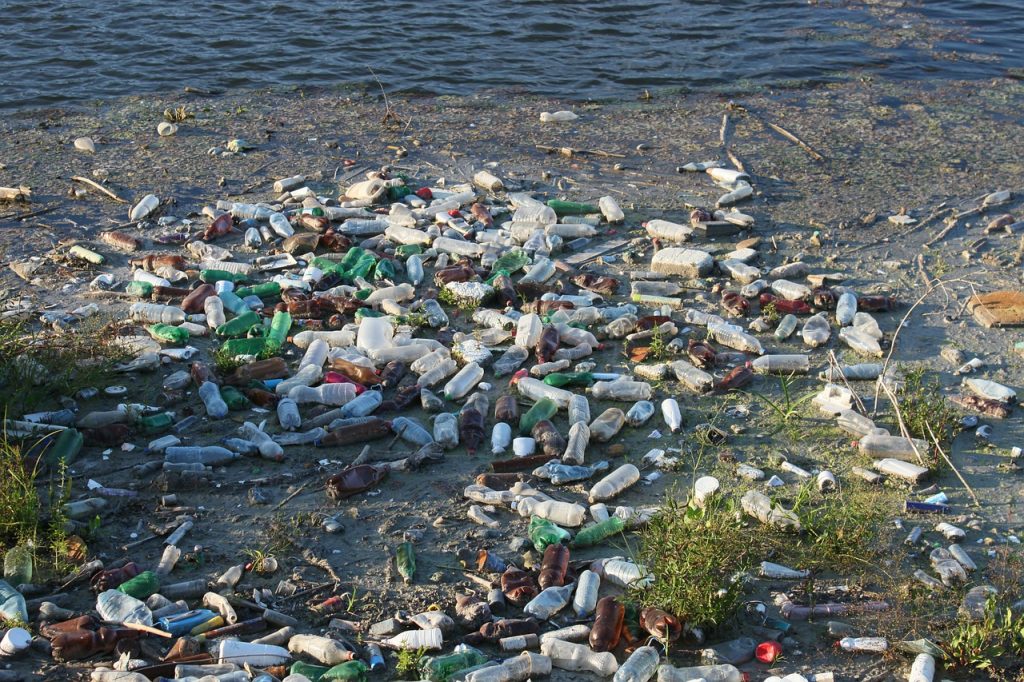Water pollution is assessed according to several criteria (Mest, COD, pH …). Find out what the indicators of water pollution are. To know if water is polluted and to know its degree of pollution, the control bodies take water samples and study them.
Water study: the parameters
Several parameters are indicators of the presence of pollutants in the water and their quantity. Among these parameters, four are very often used:
- the Mest
- COD
- BOD5
- the pH
Water is a commodity that we consume daily. It is essential to our survival, but its quality is uneven in its natural state. Specialists in chronic risks tell us about the pollutants that can be carried by water.
The Mest
Materials in total suspension (Mest) are obtained by filtration. Mest quantify the undissolved particles, sediments or organic matter, which are responsible for the turbidity and the color of the water.
COD
Chemical oxygen demand (COD) is, with BOD5 (see below), a means of estimating the amount of organic matter present in water. This COD is expressed in milligrams of oxygen per liter of water and represents the quantity of oxygen necessary to oxidize all the organic matter.
BOD5
The five-day biochemical oxygen demand (BOD5) makes it possible to assess the concentration of biodegradable organic matter. Also expressed in milligrams of oxygen per liter of water, it represents the quantity of oxygen necessary to degrade the organic matter present for five days.
The difference between COD and BOD5 determines the load of hardly biodegradable organic matter.
PH
Measuring the pH of the water determines the difference between the water tested and the water in the natural environment (pH 7.5).
Other elements are also tested, such as the different forms of nitrogen (ammonia, nitrates, nitrites), as well as more specific substances depending on the sources of suspected pollution: pesticides, heavy metals, radionuclides, etc.
Bio-indicators
Finally, in the environment, certain organisms constitute bio-indicators of the chemical and ecological quality of water. A standardized protocol for collecting these organisms makes it possible to deduce the state of health of the ecosystem and the type of pollution that affects it.
All the data obtained are then compared with the regulatory thresholds to determine whether water is potable, what types of treatment it must undergo or whether it can be released into the environment.
What treatments do waste water undergo?
Waste water treatment is a thorny problem.
Rich in organic matter but also in pollutants and dangerous substances such as ammonia, these waters generally go through purification before returning to nature. Princeton and other universities are showing us the path to water up to the river.
Before choosing your bathing place, it is better to ensure the quality of the water. This is regularly checked by your State as part of their waste management operations. In addition, the Blue Flag eco-label is an additional indicator. There are two ways to know if you can swim in water without risking getting sick or being contaminated by pollution.
The quality of bathing water
The federal government regularly checks the quality of the main bathing places. This check carried out once a month makes it possible to ensure the absence of pollution or harmful organisms, such as toxic algae, on the bathing places. To find out the results of these checks, simply consult the bathing site of the your local area.
The Blue Flag, an eco-label
In addition, the Blue Flag eco-label is awarded by the Office of the Foundation for Environmental Education in Europe to municipalities and marinas that make significant efforts to preserve their environment, especially their bathing places. It is awarded each year based on several environmental and tourist parameters, including the quality of bathing water from the previous year.
You may also like
-
Beneath the Dust: Mastering the Art of Cellar Clearance
-
Unveiling the Hidden Potential of Ordinary Industrial Waste through Innovative Recovery Solutions
-
Zero Waste Wonders: Embracing a Sustainable Future
-
Environmental Impacts Of Food Waste
-
Why Recycling and Reusing Plastic is Vital to Waste Management

